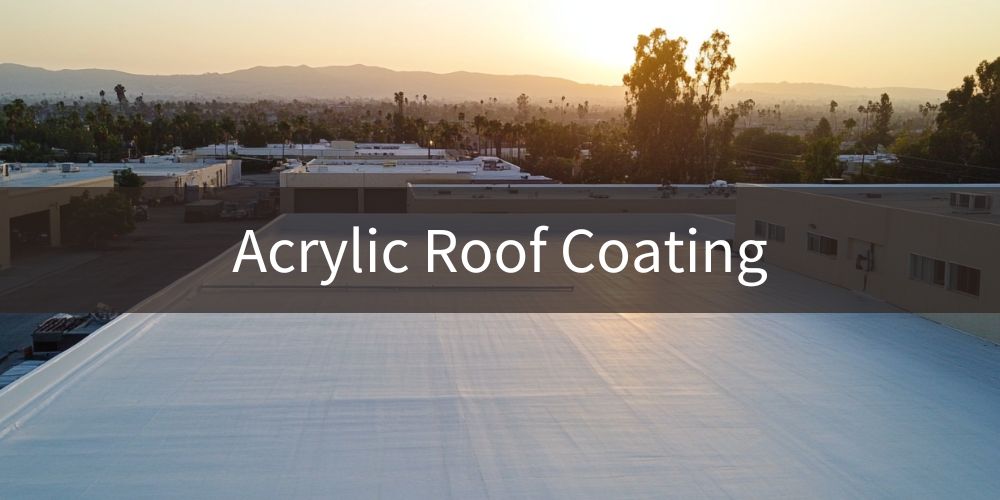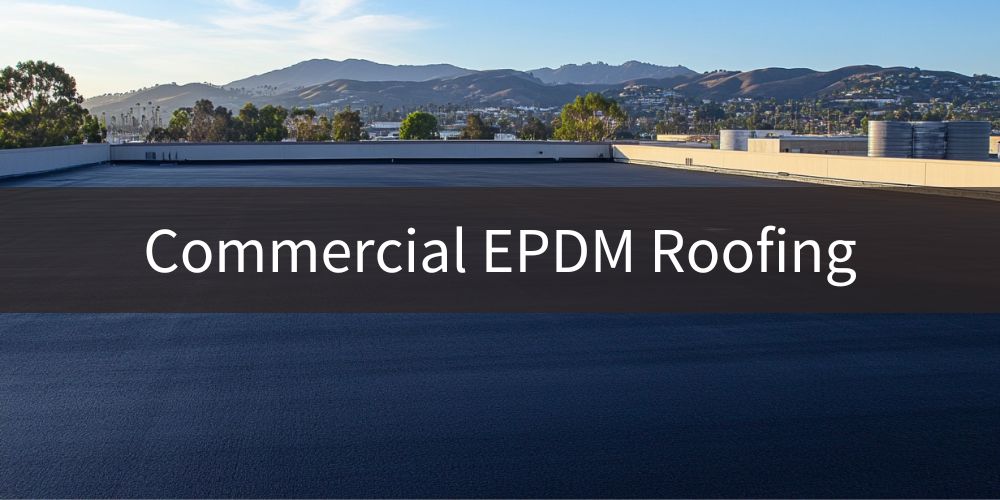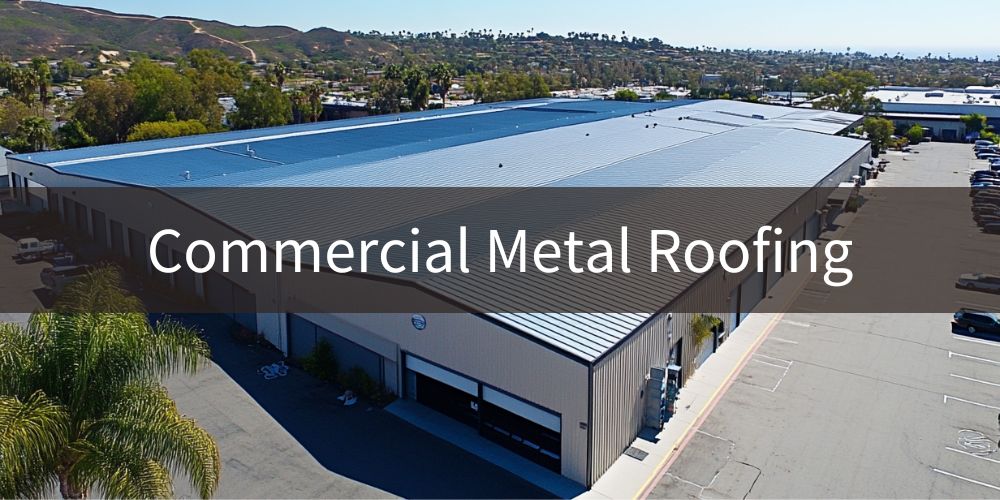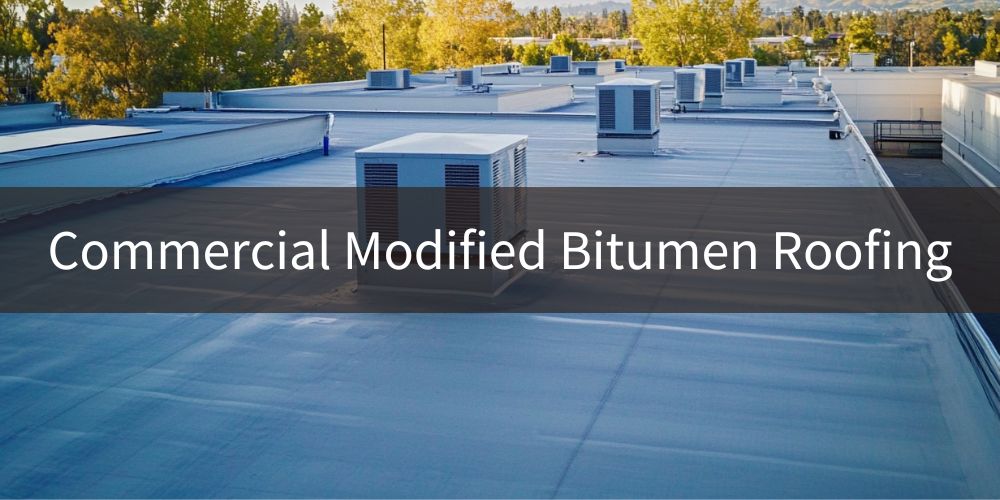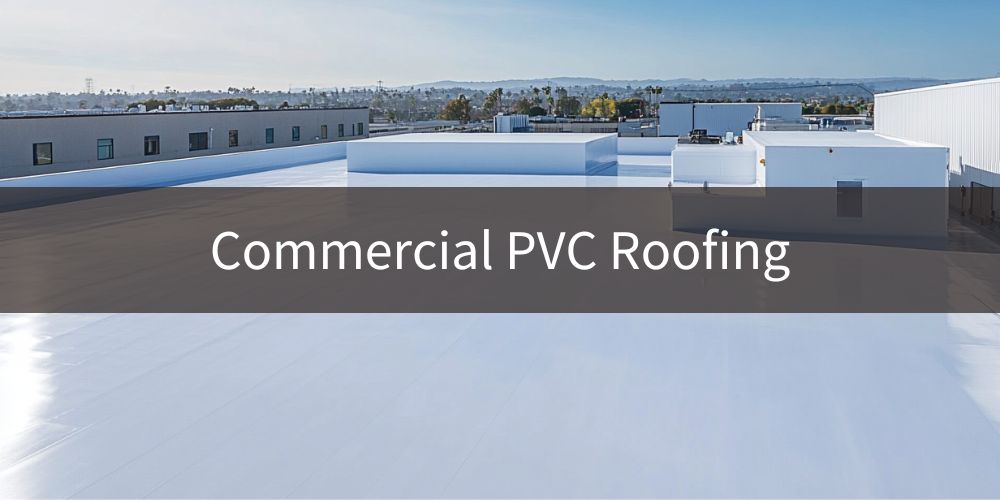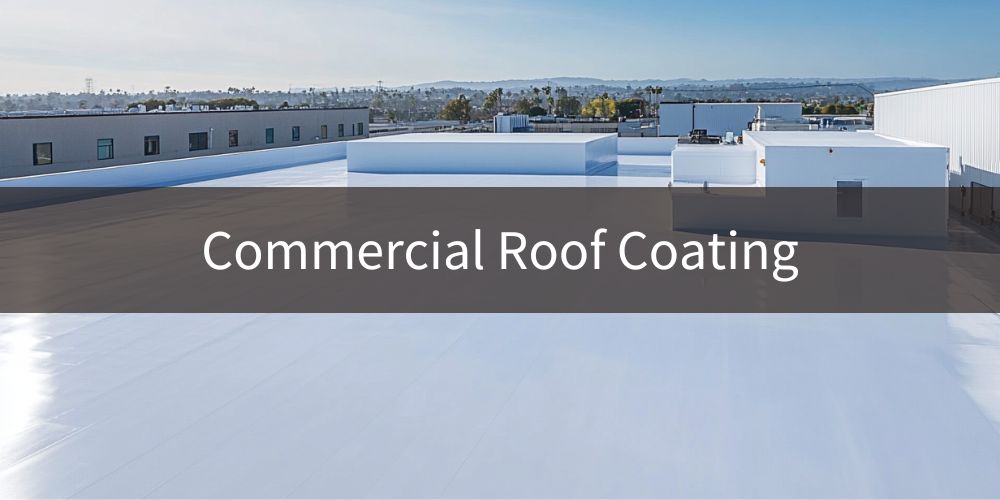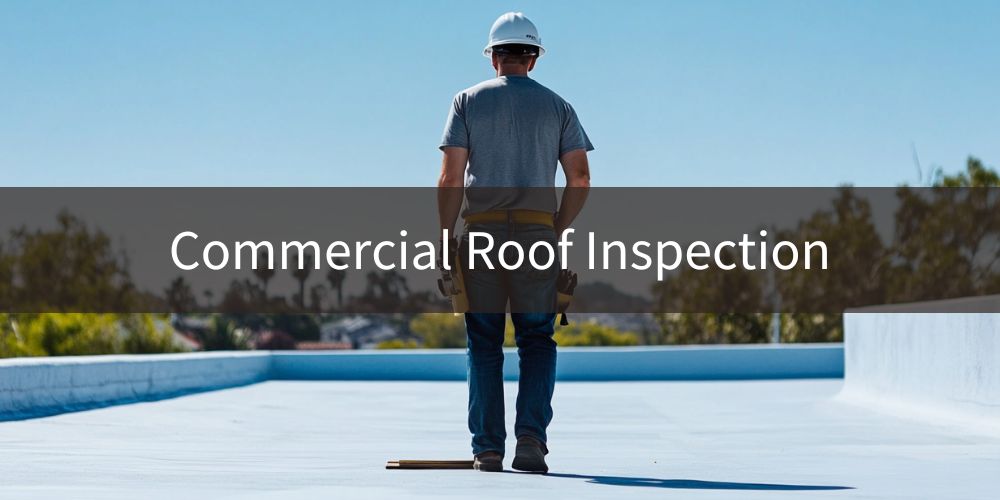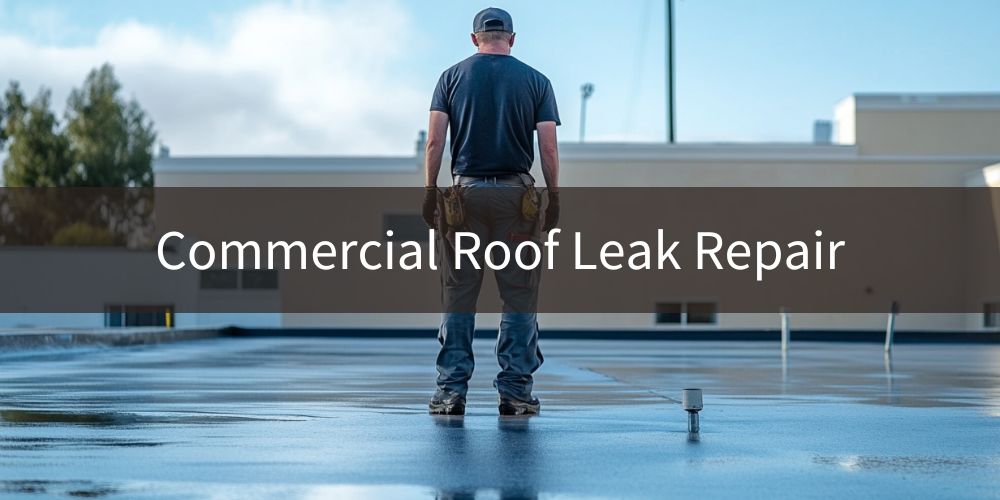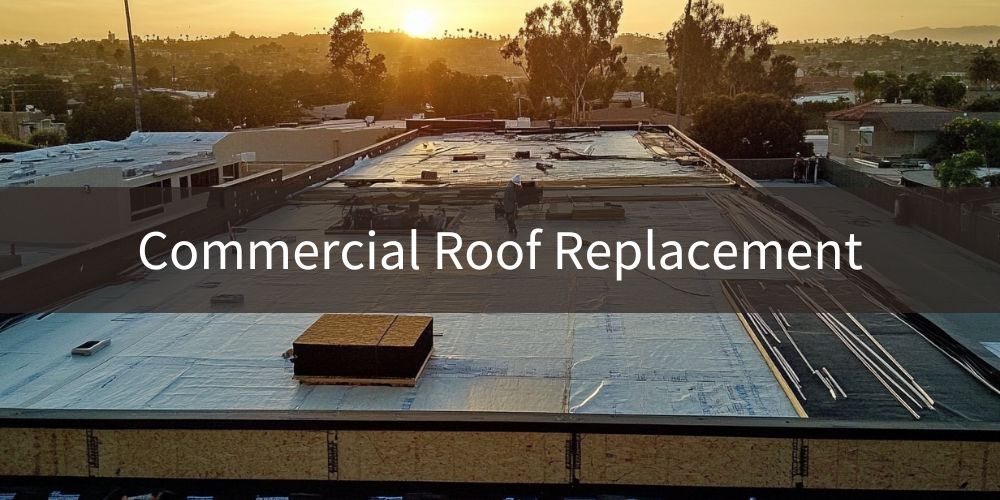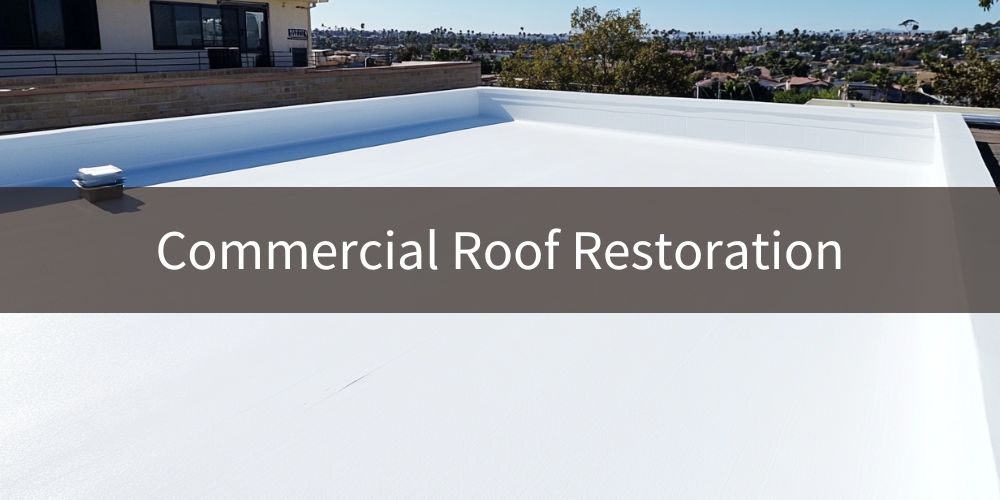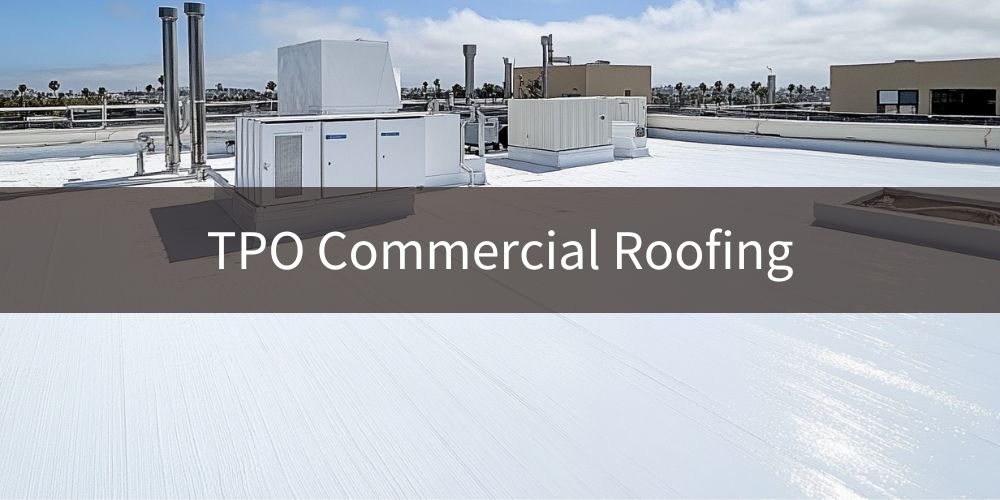Commercial Roofing San Diego: The San Diego Roofing Specialists
Commercial Roofing San Diego is a company that provides expert roofing solutions designed for businesses throughout San Diego County and the Southern California area. Commercial Roofing San Diego offer a range of services, including; roofing installations, repairs, maintenance, and inspections, ensuring durable and reliable roofing that can withstand the local climate. With a strategic location in the heart of San Diego, Commercial Roofing San Diego effectively serve the city's commercial and industrial areas. Commercial Roofing San Diego prioritize quality and customer satisfaction to provide long-lasting protection for commercial properties and business operations.
Commercial roofing refers to the specialized roofing services and systems designed for commercial buildings, which typically differ from residential roofing in terms of materials, design, and installation methods. Commercial and industrial roofs often cover large surface areas and are engineered to accommodate specific needs, such as supporting heavy equipment like HVAC systems or managing drainage. Common materials used for commercial and industrial roofing include metal, TPO, EPDM, built-up roofing (BUR), and modified bitumen. Each of these roofing materials are chosen for durability and cost-effectiveness. Commercial roofing also involves regulatory compliance, considering factors such as energy efficiency and safety standards.
Commercial roofing refers to the specialized process of installing, maintaining, and repairing roofs on commercial buildings, which can include structures like office buildings, warehouses, retail stores, and more. Unlike residential roofing, which often deals with sloped roofs, commercial roofing typically involves flat or low-slope roofing systems. This requirement arises due to larger surface areas and unique architectural designs of commercial structures. The materials used in commercial roofing, such as TPO, EPDM, and PVC membranes, metal roofing, and modified bitumen, are selected for durability, energy efficiency, and resistance to various environmental factors. A key attribute of commercial roofing is the use of advanced insulation and reflective materials to enhance energy efficiency, reduce operational costs, and comply with building codes and regulations. Other notable features include the integration of green roofing systems and solar panels to promote sustainability and reduce carbon footprints. Commercial and industrial roofing projects often require careful planning and coordination to minimize disruption to business operations and ensure safety.
In San Diego County, commercial roofing specialists must consider the region's unique climate, characterized by warm, sunny weather and occasional rain. Therefore, roofing materials that offer excellent UV resistance, thermal reflectivity, and waterproofing are typically prioritized. Given San Diego's commitment to environmental sustainability, there is also a growing trend towards incorporating solar panels and cool roofing solutions that reduce heat absorption and energy consumption. The local market often involves coordination with regulations for seismic safety given the region's seismic activity, ensuring commercial buildings are both energy-efficient and structurally sound.
Have a question about an upcoming project?
What are the different kinds of commercial roofing systems commonly installed in San Diego?
In the San Diego area, popular types of commercial roofing systems include built-up roofing (BUR), modified bitumen, single-ply membranes like TPO and EPDM, metal roofing, spray polyurethane foam (SPF), and green roofs. Built-up and modified bitumen roofs are favored for their durability and are well-suited to withstand temperature fluctuations. Single-ply membranes, such as TPO and EPDM, offer energy efficiency and ease of installation, making them increasingly preferred in the Southern California climate. Metal roofing is valued for its longevity and modern appearance, while SPF roofing provides excellent insulation and waterproofing benefits. Green roofs, though less common, are gaining traction as sustainable solutions that help improve energy efficiency and aesthetics.
- Built-Up Roofing (BUR)
- Modified Bitumen
- Single-Ply Membranes (TPO and EPDM)
- Metal Roofing
- Spray Polyurethane Foam (SPF)
- Green Roofs
1. Built-Up Roofing (BUR)
Built-Up Roofing (BUR) is a traditional roofing system that consists of multiple layers of bitumen and reinforcing fabrics. In commercial roofing, BUR is favored for its proven track record of durability and weather resistance. Typically, the layers in a BUR system are alternated with tar or asphalt and finished with a top layer of gravel or a reflective coating. This composition offers a robust barrier against water penetration and ultraviolet (UV) damage. BUR is known for its longevity, often lasting 20-30 years with proper maintenance. In San Diego's commercial roofing market, BUR systems are prized for their ability to withstand local weather patterns, including infrequent rain and strong sunlight.
2. Modified Bitumen
Modified Bitumen is a type of asphalt-based roofing system modified with polymers to enhance its elasticity and performance. In commercial roofing, this material is valued for its flexibility and ability to adapt to temperature fluctuations. It is typically installed in thick sheets that are heat-welded or cold-applied onto the roof surface, providing an excellent waterproof seal. Modified Bitumen roofs are also resistant to heavy foot traffic and are often chosen for areas with rooftop equipment or regular maintenance needs. In San Diego, where temperature changes are relatively mild but UV exposure is high, Modified Bitumen offers an effective and durable roofing solution for commercial properties.
3. Single-Ply Membranes (TPO and EPDM)
Single-Ply Membranes such as Thermoplastic Olefin (TPO) and Ethylene Propylene Diene Monomer (EPDM) are roofing materials used for their flexibility and ease of installation. These membranes are a staple in commercial roofing because they provide excellent waterproofing and are relatively quick to install. TPO membranes are known for their energy efficiency and reflective properties, while EPDM is valued for its durability and resistance to weathering. Both types of membranes are available in large sheets, which minimizes seams and reduces potential leakage points. In San Diego, the energy-efficient properties of Single-Ply Membranes can contribute to lower cooling costs for commercial buildings, making them a popular choice.
4. Metal Roofing
Metal Roofing systems are typically made from steel, aluminum, or copper, offering a durable and lightweight option for commercial buildings. In the context of commercial roofing, metal is renowned for its longevity, energy efficiency, and minimal maintenance requirements. Metal roofing comes in a variety of styles and colors, which allows versatility in design while providing structural integrity. These roofs are capable of reflecting sunlight, thereby reducing cooling costs in warm climates. In San Diego, metal roofing's resilience to the sun and mild rainfall makes it an attractive option for commercial properties seeking a long-lasting and aesthetically pleasing roof.
5. Spray Polyurethane Foam (SPF)
Spray Polyurethane Foam (SPF) is a roofing system that involves applying a liquid mixture that expands into a seamless foam layer. This method is gaining traction in commercial roofing due to its excellent insulating properties and ability to conform to the roof surface. SPF creates a waterproof barrier that is both lightweight and durable, capable of enhancing the energy efficiency of a building. This type of roofing can last over 20 years with minimal repairs if properly maintained. In San Diego, SPF is particularly beneficial for commercial applications due to its insulating properties, helping to maintain indoor comfort while reducing energy bills in a warm, sunny climate.
6. Green Roofs
Green Roofs are roofing systems that incorporate vegetation, providing benefits such as improved air quality and reduced stormwater runoff. They are becoming more prevalent in commercial roofing for their environmental advantages and potential to reduce urban heat islands. Green roofs can buffer temperature fluctuations inside a building, contributing to improved energy efficiency. These systems also offer additional green space that can be used for recreation or relaxation, enhancing the aesthetic value of commercial properties. In San Diego, the adoption of green roofs in commercial roofing is encouraged by the city's commitment to sustainability and is especially suitable given the mild climate that supports diverse plant life.
What key factors should be prioritized when selecting a commercial roofing solution in San Diego?
A crucial factor is the local climate, which demands roofing materials that can withstand San Diego's mild, wet winters and hot, dry summers. Additionally, energy efficiency is vital due to high electricity costs; thus, reflective or cool roofing options can help reduce cooling expenses. The impact of marine air and salt corrosion needs addressing, favoring materials with resistance to oxidation and deterioration. Moreover, compliance with California's stringent building codes and regulations is essential, necessitating contractors who are well-versed in local laws. Lastly, the potential for seismic activity makes it important to choose a roofing system that offers substantial structural integrity and flexibility.
- Local Climate Suitability
- Energy Efficiency
- Marine Air and Salt Corrosion Resistance
- Compliance with California Building Codes
- Seismic Activity Considerations
1. Local Climate Suitability
Local climate suitability refers to the ability of a roofing material to perform effectively in the specific weather conditions of an area. In San Diego, the commercial roofing must be able to withstand a Mediterranean climate characterized by mild, wet winters and hot, dry summers. The roofing materials should offer UV resistance due to the intense sunlight prevalent in the region. Additionally, considering the low but significant chance of rainfall, materials with good water-shedding capabilities are advantageous. Properly chosen materials not only enhance the roof's lifespan but also improve energy efficiency by providing appropriate insulation against temperature fluctuations.
2. Energy Efficiency
Energy efficiency in roofing refers to the roof's ability to reduce energy consumption within a building. For commercial buildings in San Diego, energy-efficient roofing can help minimize cooling costs during hot summer months when temperatures can soar. Reflective roofing materials, such as cool roofing or green roofing systems, are beneficial for reflecting more sunlight and absorbing less heat. Utilizing energy-efficient designs not only contributes to lower utility bills but also aids in regulatory compliance with state energy standards. Implementing such energy-efficient solutions is crucial in reducing the urban heat island effect, a common issue in densely developed areas like San Diego.
3. Marine Air and Salt Corrosion Resistance
Marine air and salt corrosion resistance involves a roofing material's capability to withstand deterioration caused by exposure to salty air typical of coastal environments. San Diego's proximity to the Pacific Ocean means commercial roofs must be resistant to these corrosive elements to maintain structural integrity over time. Non-resistant materials could suffer accelerated decay, leading to costly repairs or replacements. Opt for materials like stainless steel, aluminum, or specialized coatings that provide superior resistance to salt-induced corrosion. Ensuring marine air and salt corrosion resistance in roofing materials protects commercial investments and ensures longevity in San Diego's coastal climate.
4. Compliance with California Building Codes
Compliance with California building codes ensures that construction and renovation projects adhere to state regulations that guarantee safety, sustainability, and performance. In San Diego, commercial roofing projects must meet specific criteria defined by the California Building Standards Commission, which include energy efficiency, fire resistance, and environmental impact. Using materials and installation practices that align with these codes is essential for obtaining necessary permits and avoiding potential legal and financial ramifications. Compliance empowers building owners to contribute positively to state initiatives like reducing greenhouse gas emissions and conserving natural resources. In addition, following these standards can enhance the value and appeal of commercial properties in the competitive San Diego market.
5. Seismic Activity Considerations
Seismic activity considerations refer to the assessment and inclusion of features in construction that prepare a building to withstand earthquakes. San Diego is located in a seismically active zone, making it important for commercial roofing systems to incorporate design features that minimize earthquake damage. This may involve using lightweight materials, flexible connections, and reinforcements to allow the roof to absorb seismic energy without collapsing. Ensuring a seismic-resistant roofing system is crucial to the safety and durability of commercial structures in San Diego. Proper preparedness not only protects occupants but also mitigates financial losses associated with seismic events.
How Much Do Commercial And Industrial Roofing Services Cost in San Diego?
Commercial and industrial roofing services in San Diego, typically cost from $4 to $18 per square foot, depending on system type, project complexity, and performance requirements. Whether the property is a logistics hub in Otay Mesa, a retail plaza near Mission Valley, or a coastal industrial facility, the roofing system must withstand exposure to UV radiation, coastal air, and seismic activity. At Commercial Roofing San Diego, we specialize in durable, code-compliant solutions for both low-slope and flat-roof structures. Our services cover everything from initial installation to leak repair, coating systems, full-scale replacement, and industrial-grade restorations.
Affordable systems like modified bitumen and BUR provide cost-efficient coverage for larger rooftops. Meanwhile, PVC and EPDM are chosen for their flexibility and chemical resistance — ideal for industrial environments. Metal roofing, frequently used on manufacturing sites, provides unmatched structural performance and longevity. For aging roofs that still have structural integrity, coating systems such as acrylic and silicone offer a cost-effective way to extend service life, improve reflectivity, and avoid premature tear-offs.
| Roofing System / Service | Estimated Cost (Per Square Foot) |
|---|---|
| TPO Commercial Roofing | $5–$9 |
| PVC Roofing | $7–$12 |
| EPDM Roofing | $6–$12.50 |
| Modified Bitumen Roofing | $4–$8 |
| Built-Up Roofing (BUR) | $5–$9 |
| Commercial Metal Roofing | $10–$18 |
| Acrylic Roof Coating | $2.50–$5 |
| Silicone Roof Coating | $3–$5.50 |
| Commercial Roof Restoration | $4–$7 |
| Commercial Roof Replacement | $6–$14 |
Disclaimer: The figures provided in this table are intended as broad cost guidelines and may fluctuate based on project-specific details such as total roof area, system type, structural condition, and design complexity. Accurate pricing should be determined through a detailed assessment by an experienced commercial or industrial roofing contractor. Variables like regional access, permitting requirements, and material availability can also influence final project costs.
In addition to installations and coatings, we provide roof inspections, leak detection, and scheduled maintenance, all essential for identifying early-stage issues and preventing structural damage. For buildings affected by high winds or seasonal rains, our storm damage commercial roof repair service ensures fast, compliant restoration without disrupting business operations.
Whether maintaining an existing system or upgrading to a more efficient solution, our approach is designed for long-term durability, weather resistance, and minimal lifecycle costs. This approach is particularly important for San Diego’s sun-exposed and coastal industrial properties.


